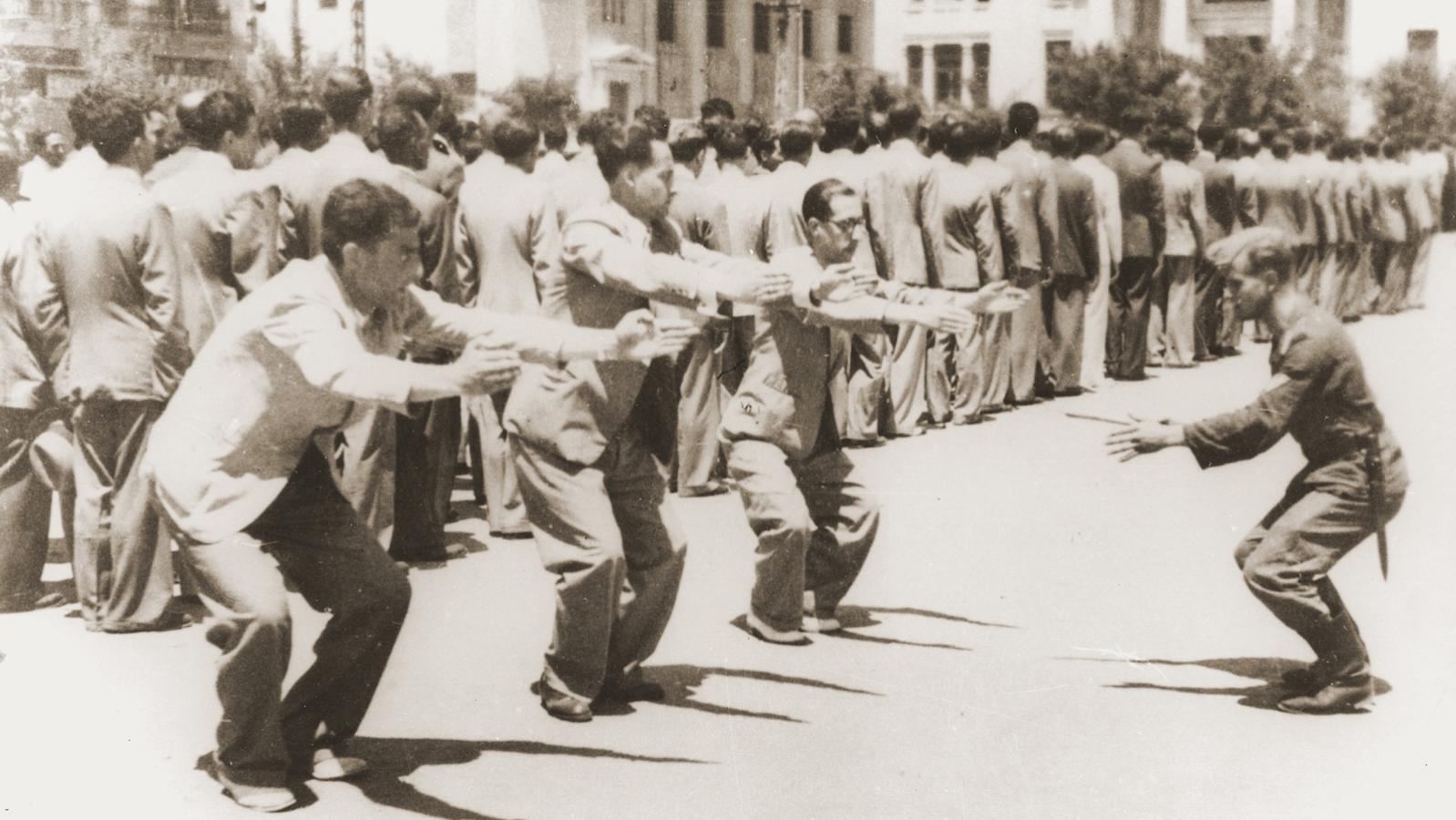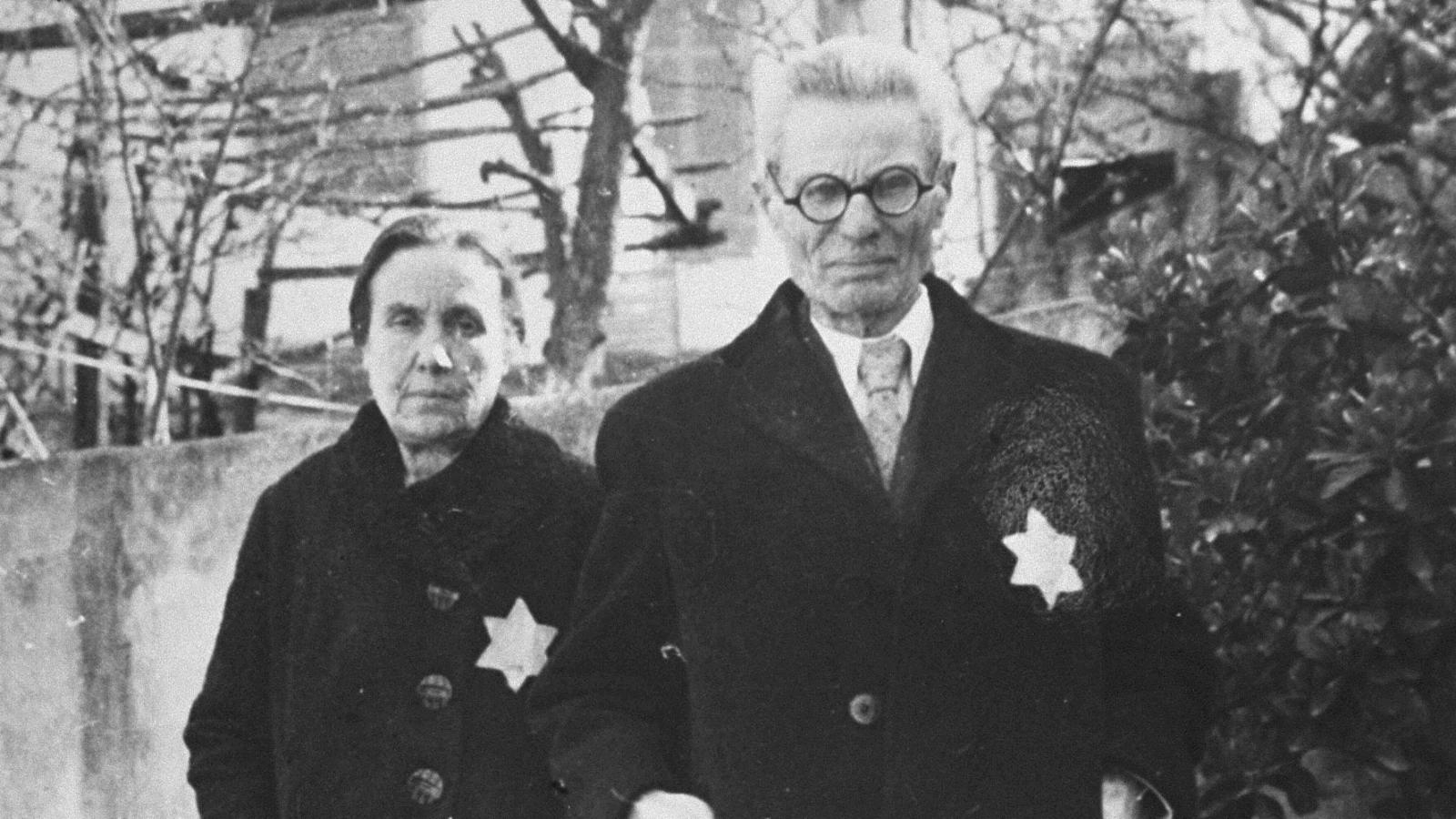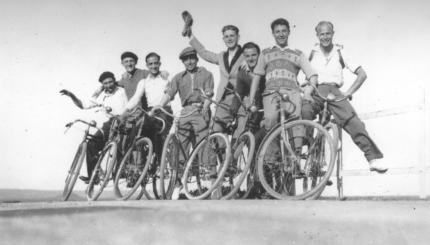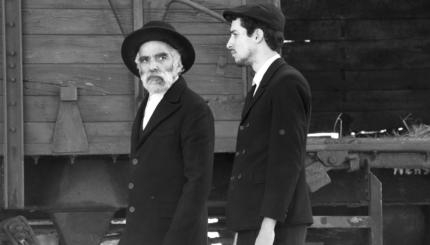The Nazi Holocaust that devastated European Jewry and virtually destroyed its centuries-old culture also wiped out the great European population centers of Sephardic (or Judeo-Spanish) Jewry and led to the almost complete demise of its unique language (Ladino) and traditions. Sephardic Jewish communities from France and the Netherlands in the northwest to Yugoslavia and Greece in the southeast almost disappeared.
On the eve of World War II, the European Sephardic community was concentrated in the Balkan countries of Greece, Yugoslavia and Bulgaria. Its leading centers were in Salonika, Sarajevo, Belgrade and Sofia. The experience of the Balkan Jewish communities during the war varied greatly and depended on the type of regime under which they fell.
The Jewish communities of Serbia and northern Greece, including the 50,000 Jews of Salonika, fell under direct German occupation in April 1941 and bore the full weight and intensity of Nazi repressive measures from dispossession, humiliation, and forced labor to hostage taking, and finally deportation to Auschwitz-Birkenau and extermination in March-August 1943.


Help us keep Jewish knowledge accessible to millions of people around the world.
Your donation to My Jewish Learning fuels endless journeys of Jewish discovery. With your help, My Jewish Learning can continue to provide nonstop opportunities for learning, connection and growth.
The Jewish population of southern Greece fell under the jurisdiction of the Italians, who eschewed the enactment of anti-Jewish legislation and resisted whenever possible German efforts to transfer them to Poland, until the surrender of Italy on September 8, 1943 brought the Jews under German control.
Sephardic Jews in Bosnia and Croatia were ruled by a German-created Fascist-Catholic satellite state from April 1941, which subjected them to pogrom-like actions before herding them into local camps where they were murdered side by side with Serbs and Roma (Gypsies).
The Jews of Macedonia and Thrace were controlled by Bulgarian occupation forces, which after rendering them stateless, rounded them up and turned them over to the Germans for deportation.
Finally, the Jews of Bulgaria proper were under the rule of a Nazi ally that subjected them to ruinous anti-Jewish legislation, but ultimately yielded to pressure from Bulgarian parliamentarians, clerics, and intellectuals not to deport them. More than 50,000 Bulgarian Jews were thus saved.
Reprinted with permission from the United States Holocaust Memorial Museum’s Holocaust Encyclopedia.



